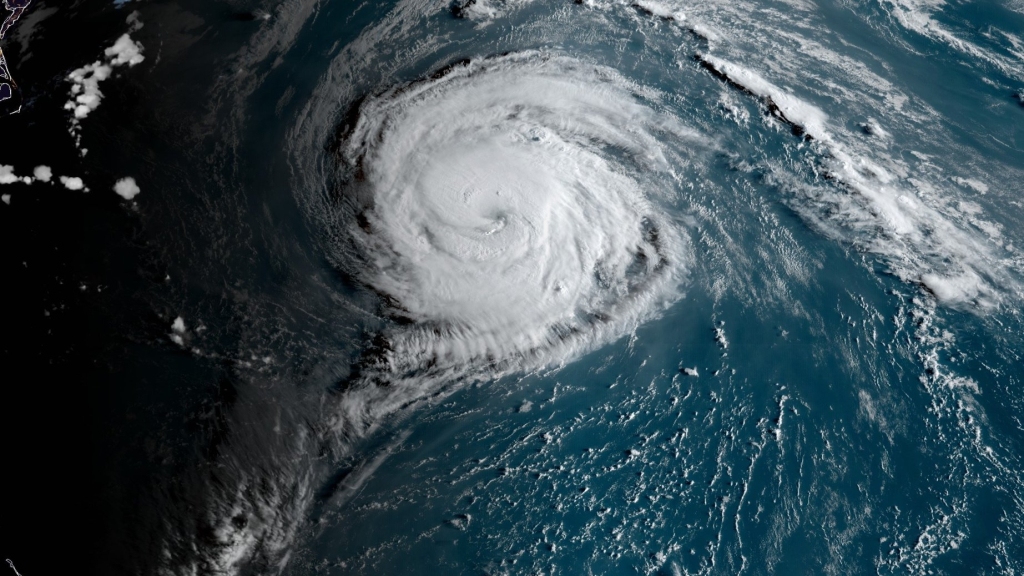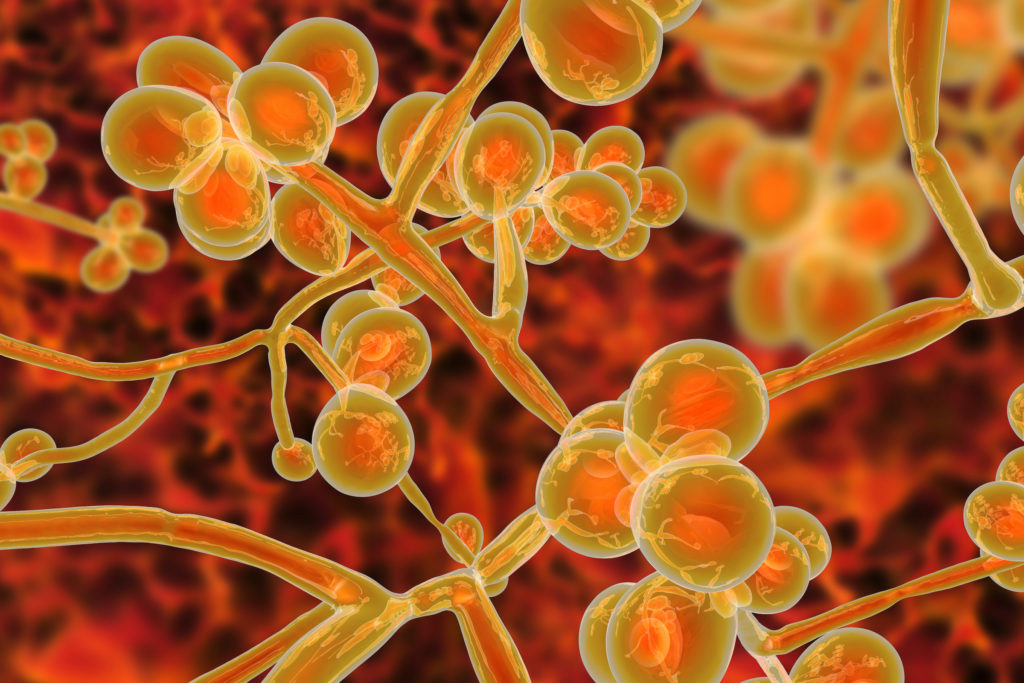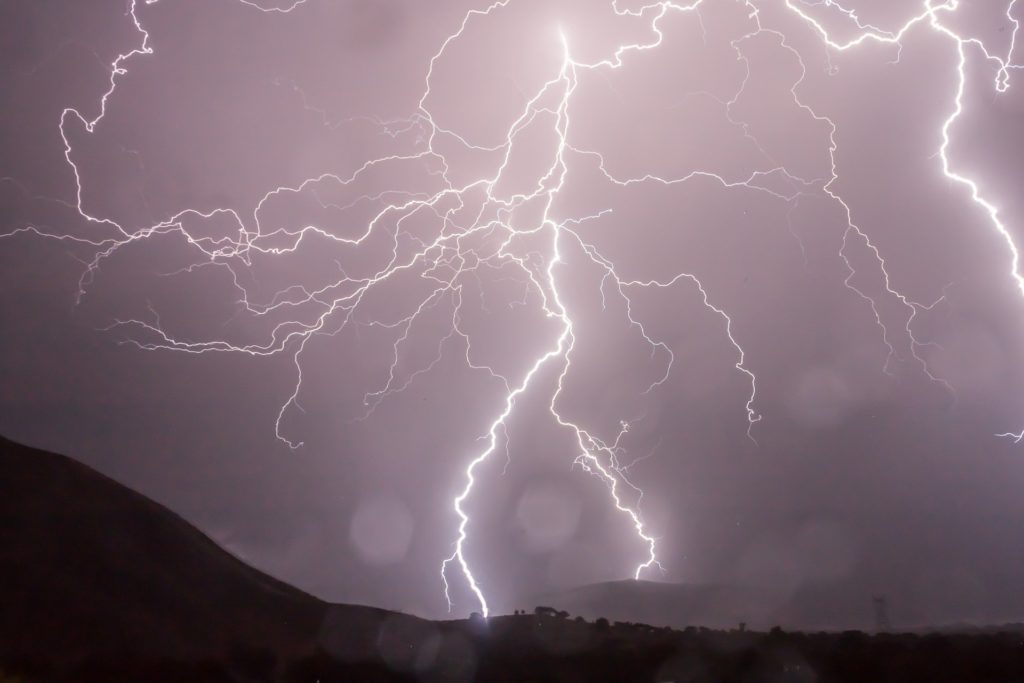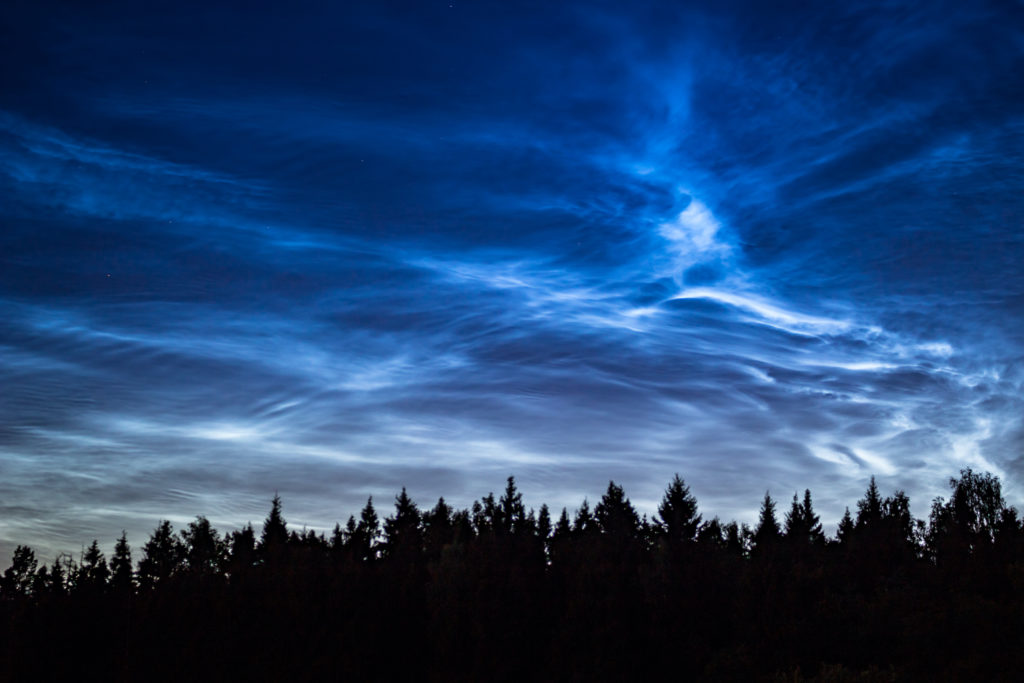
It’s October, the spookiest month of the year, complete with ghosts and goblins, witches and black cats, scary stories and… climate change? Most of us have at least some small knowledge of the increasing effects of climate change on our planet—increased global temperatures, warming seas, rising seas, melting ice caps, bleaching corals, biodiversity loss, fires, floods, and more. There are, however, some spookier anomalies taking place around the world….
Zombie Storms
Let’s start with zombies. Nothing says Halloween like zombies. But who knew 2020 would start throwing zombie storms our way? In early September, Hurricane Paulette made landfall in Bermuda as a Category 1 hurricane. It gained strength to a Category 2 and then a few days later, weakened and petered out. But this is 2020, swrmers, and we bring you the recently coined zombie storm–a storm that seems to die out and then resurrects in true undead fashion to wreak more havoc. Paulette actually regained strength and reached tropical storm designation before being laid to rest once more.
From Meteorologist Brandon Miller: “Conditions can become hostile for a tropical storm to maintain its intensity, but if it doesn’t dissipate completely, it can revive days later when conditions become more favorable. 2020 is a good candidate to experience a zombie storm because water temperatures are above average over a bulk of the Atlantic Ocean, and obviously we are seeing a record number of storms — which ups the chances one could regenerate.” Given that climate change is set to insure warmer weather and warmer waters, there is a distinct possibility we’ll be seeing more storms rising from the dead.

Superbugs
Superheroes = good. Superbugs? Not so much. Superbugs are strains of bacteria, viruses, parasites and fungi that are resistant to most of the antibiotics and other medications commonly used to treat the infections they cause. Candida auris or C.auris is one such superbug. C. auris is a type of fungus. Infections first appeared in Japan in 2009 and have been reported from over 30 countries, including the United States. There has been no discernible pattern of transmission amongst different countries. It is multidrug-resistant and difficult to treat with reported death rates as high as 60%. It is difficult to diagnose, as it can present in different parts of the body in patients with vastly differing medical issues, and when it appears in hospital settings specialized procedures need to be followed to prevent spread. Normal fungal precautions are ineffective against C.auris.
So where did this superbug come from? Scientists aren’t sure but climate change may be the answer. Normal human body temperature is an evolutionary protection against many types of bacteria, viruses, etc. As our world warms, it is possible that these bacteria, viruses, etc. are evolving their own protections against climate change–i.e. adapting to survive in warmer conditions, rendering our body’s thermostat a broken-down hero incapable of combating superbugs.

“And when I breathed, my breath was lightning…” ― Black Elk
As far back as 2014, Science Magazine predicted that lightning strikes would increase as a result of climate change. We can all agree that global temperatures are rising. And lightning is more likely to occur when it is hotter than when it is colder, though, interestingly, it is ice crystals within clouds becoming positively and negatively charged that lead to lightning formation. Science Magazine reported approximately 25 million cloud to ground lightning strikes per year and suggested that “the number of lightning strikes will increase by about 12% for every degree of rise in global average air temperature.” Vaisala’s National Lightning Detection Network (NLDN) recorded 223 million lightning events in the continental U.S. in 2019, an increase of 8 million over 2018.
Why is this a problem? Lightning damages homes, structures, power lines, power infrastructure, starts fires, and strikes people. In fact, this past summer 14,000 lightning strikes in a 72-hour period cause 900 fires and sparked four of the five largest wildfires in modern California state history, with more than 3 million acres burned in California alone.

Volcanoes
When I was a kid, I genuinely believed a volcano was going to one day just appear in the middle of our street and erupt, sending fiery magma through my bedroom window. And while that’s not going to happen any time soon–especially since I grew up in a seismic area that could be accurately described as dull–it turns out that a warming planet due to human-induced climate change is likely to contribute to an increase in volcanic activity, according to a study in the journal Geology. In areas of the world where glaciers and volcanoes interact, as in Iceland where the study was conducted, it is predicted volcanic activity will increase as glacial ice melts. The weight of glacial ice is thought to exert immense pressure on the Earth’s surface. This pressure “can affect magma flow and the voids and gaps in the Earth where magma flows to the surface as well as how much magma the crust can actually hold,” study author Graeme Swindles says. When glaciers retreat, the pressure lifts and volcanic activity surges.
From the Arctic to Peru, from Switzerland to the equatorial glaciers of Man Jaya in Indonesia, massive ice fields, monstrous glaciers, and sea ice are disappearing, fast. We may very well get to see in our lifetimes whether the data in this study bears out.

Glow-in-the-Dark Clouds
These “noctilucent clouds” are really quite lovely until you learn that their increasing frequency is caused by increasing amounts of methane in our atmosphere. A modeling study released in 2018, found that noctilucent clouds which form in the mesosphere, the coldest layer of the Earth’s atmosphere, are significantly more visible than they were 150 years ago. More water vapor in the mesosphere is making ice crystals larger and noctilucent clouds more frequent. Water vapor in the middle atmosphere comes from two sources: water vapor from Earth’s surface that is transported upward, and methane, a greenhouse gas exponentially more powerful than CO2 that oxidizes into carbon dioxide and water.
The atmosphere today holds about twice as much methane as it did a century ago. According to the U.S. Environmental Protection Agency, the primary U.S. sources of methane are leakage from natural gas production; belches from ruminating livestock such as cows, sheep and goats; and the gradual decomposition of landfills. Methane stays in the atmosphere for a much shorter period than carbon dioxide, but it is a much more powerful greenhouse gas per molecule. Among substances being added to the atmosphere by human activity, it’s second only to carbon dioxide in its contribution to climate change.
You’re most likely to see noctilucent clouds as the sun rises or sets. And while these night-shining clouds are mysterious and beautiful, they’re an ephemeral sign of what may well be permanent change.

Stay tuned for more spooky stories of climate change weirdness, swrmers! We’ve got a Part 2 coming your way! Or is it a resurrection of Part 1? Moohoohahahaha!



Pingback:More Tricks, and Still No Treats – swrm
Pingback:Vote Like the Survival of Our Planet Depends On It – swrm